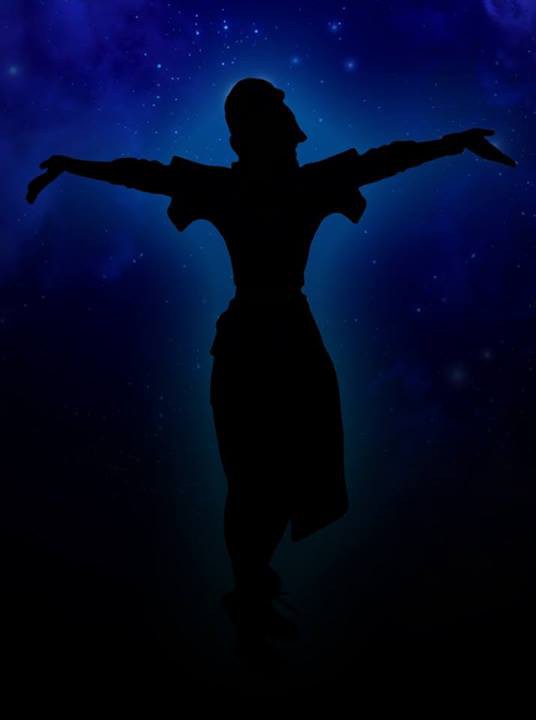FANTASIA: MUSIC EVOLVED
Platform: XboxOne, Xbox360
Team size: 100+
What I did: I was hired as the main narrative designer and writer on this project. I worked directly with project leads on concepting and fleshing out core systerms and mechanics that served double-duty as storytelling devices. I was also tasked with developing the overall plot, defining the beat structure, creating/maintaining the story bible, and writing the lion's share of the dialogue.
WHAT IS fantasia: music evolved?
Fantasia: Music Evolved is an interactive sequel/reboot of the classic Disney franchise that began with 1940's Fantasia. The core concept is that of being a magician who uses music to create and sustain life. Using the controller-less Kinect interface, it achieves the fantasy of conducting music with your hands much like Guitar Hero achieves the fantasy of rocking on stage with a guitar.
Fantasia: Music Evolved combines the beat-matching gameplay Harmonix is known for with the storyworlds Disney is known for. The story is a modern reworking of The Sorcerer's Apprentice, with the player in the role of the apprentice, being taught to master the art of "sonomancy", musical magic.
By mastering this art, the player is taken on a journey through the worlds that inspire and are inspired by music, guided by the supreme sorcerer Yen Sid, encountering all musical genres, from Beethoven to Bowie, from magical fairy forests to contemporary urban sprawl.
SUMMARY OF RESPONSIBILITIES
I was a Senior Designer on this project whose focus was storytelling. This effectively made me a Narrative Designer, which was first and foremost a design job, only involving script writing at the very end.
My first core task was to figure out which core mechanics, of the dozens and dozens prototyped, would be most effective at creating the core user fantasy. The story was to be built off that fantasy, and as narrative designer I was given enormous latitude in essentially redefining the core vision of the game to create better opportunity for storytelling.
I began fleshing out these prototypes, working with artists and programmers to demonstrate their impact on player experience. We did several rounds of this, with me creating "storytelling minded" systems and mechanics: game design, but a type where you optimize for drama.
Another major task was developing character A.I. systems for the "storyworld" sections, prototyping and testing various approaches at characters who respond meaningfully and organically to player interaction.
I worked on developing and fleshing out game's story bible. This included histories and backstories for key characters like Yen Sid, his rogue apprentice Scout, and detailed backstories for all the storyworlds the player encounters. I worked directly with project leads on the storyworlds, figuring out what settings and themes speak to the idea of musical inspiration.
Based on this, me and an internal team of artists and programmers defined the core cosmology of the game's universe, and then used it directly to design the core interface system of how the player navigates to different storyworlds, another example of how story and design dovetailed.
My final task was to write out the actual plot, with a beat structure, and ultimately character dialogue. This was the last thing I did, built on the foundation of all my systems, mechanics, and interface prototyping work. Though I was the only writer initially, I was eventually joined by a writing team who helped flesh out the story across several drafts.











